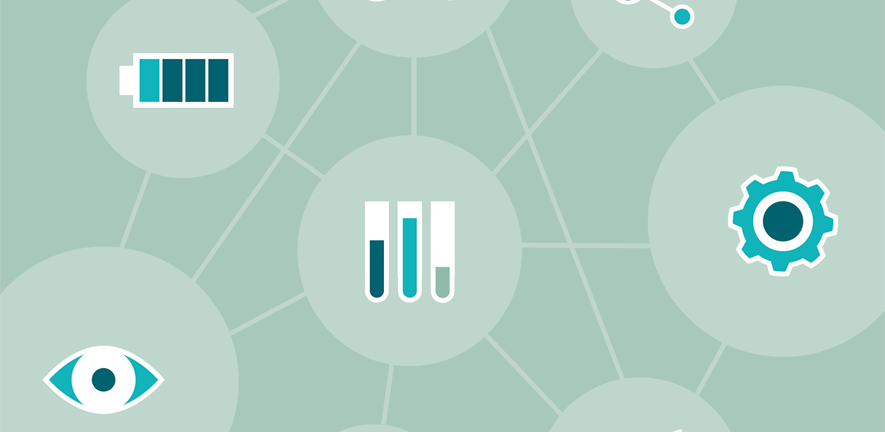
AI will give us the next leap forward in forecasting the weather, says Richard Turner, and make it available to all countries, not just those with access to high-quality data and computing resources.
From farmers planting crops to emergency responders preparing for natural disasters, the ability to predict the weather is fundamental to societies all across the globe.
The modern approach to forecasting was invented a century ago. Lewis Fry Richardson, a former student of King’s College Cambridge, who was working as an ambulance driver during the First World War, realised that being able to predict the weather could help save lives. This led him to develop the first mathematical approach to forecasting the weather.
Richardson’s method was a breakthrough, but to say that it was time-consuming is an understatement: he calculated it would require 64,000 people working with slide rules to produce a timely forecast for the following day. It was the development of supercomputers in the 1950s that made Richardson’s approach practical.
Since then, weather forecasting methods have become more sophisticated and more accurate, driven by advances in computing and by the increased amount of information we have about the weather from satellites and other instruments. But now, we are poised to make another big leap forward, thanks to AI.







